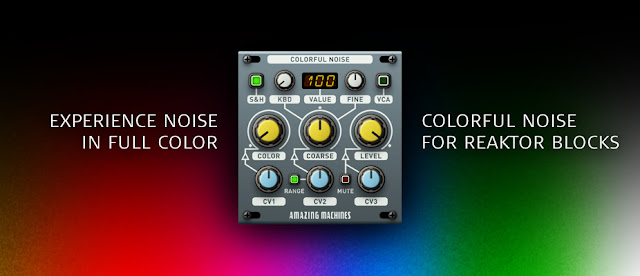
"Analog Membrane Modeling.
Two analog T-bridge oscillators become electronic membranes.
Why? Because they can be coupled.
And because their dampening can be controlled.
Then add a little noise, add a little envelope, and the brand new electronic percussion synthesizer of Jomox is ready.
But because this would have just been too simple, everything is storeable again and controllable by Midi.
You can use this small box either in a live setup driven by a hardware sequencer or in a production as very versatile synth in order to create incredible analog electronic percussions."
Update: some additional info added:
"How does it work? (the impatients may scroll down for specs and audio samples)
A T-Bridge oscillator is actually something like a band pass filter which is working close to the resonant frequency. Because it becomes an actual sine oscillator at perfect tune-up, you call the deviation of ideal resonance dampen. In this case, the oscillator decays in form of an attenuated vibration if it's exited - similar to a single membrane that is hit.
In the M.Brane 11 there are two of such T-OSC. The dampen can be either negative (as just described) or positive. Then it really becomes a steadily vibrating oscillator. The more negative the dampen is, the more the T-OSC becomes a filter with sharp q-factor (quality). This can be useful at e.g. snare drums or hi hat-ish sounds.
Looking at the drumskins of an acoustic drum, there are 2 membranes positioned that modulate and interact with each other by the coupling through pressure waves of the content air. That produces the typical sound of a drum. By resonance and counteractive interference new frequency bands and overtones create.
Similar to that the parameter Coupling works at the M.Brane11. Both, in the first place independently vibrating T-OSCs, can attenuate or gain the vibration of the partner by means of negative or positive coupling on either ways (1_2 and 2_1). With lightfingered tweaking you get these interesting membran-like dampened sounds, especially by cross-wise positive/negative coupling.
The values can be very close to another. Therefore it is a great advantage that the M.Brane allows for storing the parameters, because sometimes tiny value changes can cause great sound changes if the system is close to a chaotic state.
The M.Brane is definetely something for sound nerds - less for preset-twiddlers, as the manifold and sensitive modulation settings want to be explored and played with.
In Split Mode 2 both the T-OSCs can be played over the keyboard, which again causes creativity to rise.
The LFO can either modulate a choice of one T-OSC or both. It always restarts with the note trigger and works like an additional pitch envelope.
Two frequently asked questions may be pre-answered here: No, the LFO can not be midi clock syncronized, and: No, the LFO isn't very fast. Both things would absolutely make no sense in this product (percussion!) and are also for technical reasons not possible to realize.
In order to create snaredrum-like sounds, the M.Brane has a noise generator with an own envelope. A part of this signal is fed into the T-OSC to exite the "membrane" with the noise signal. The noise can be wether white noise or metal noise.
The length of noise decay and the decay of the resulting tone are controlled by two different envelopes that are commonly controlled by the parameter Decay."
Specifications
Instrument Percussion Synthesizer
Membrane Oscillators 2 T-OSC, each of tune and dampening adjustable, both couplings in either direction adjustable
Presets 110 (10 User RAM, 100 FLASH)
Sound Engine Fully analog with storeable parameters
Envelopes 2 analog envelopes for membranes and noise that are controlled by one parameter (decay)
Noise White Noise, Metal Noise with 65535 different noise pattern combinations
Gate Trigger gate time 0.5ms-10ms, up to 4-times multi trigger possible
LFO 8 wave forms: Saw +/-, Sine +/-, Tri +/-, Rect +/-, modulates the pitch of one or both the T-OSC, starts always syncronous to the note trigger and is pitch envelope at the same time
Display LED 7 segment 3 digits
Midi Midi In, Midi Out
User Interface 1 data wheel, 1 potentiometer, 5 buttons, 16 LEDs for parameters and functions
Outputs 1 mono out 1/4" RCA jack
Output Level About 0dBu
Input External analog trigger input, sensivity adjustable
Power Supply External wall wart adapter 9V DC
Weight Ca. 0.5 kg, 1.1 lbs.
Size 145x155x35mm
Samples and more images on
the Jomox website.
via
xonox
 via this auction
via this auction



















































